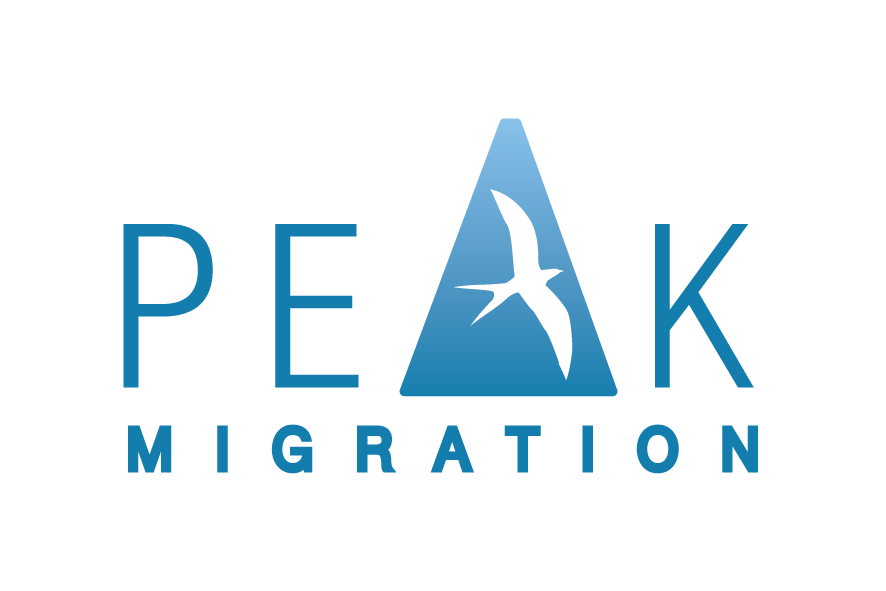2022-23 Budget: More skilled migrants, less business skills, partner visas uncapped
/The Federal Budget was handed down last night and it comes as no surprise that the number of permanent skilled migration places will increase in the 2023 program year, beginning 1 July.
What does come as a surprise is that the total planning levels have remained the same as last year: 160,000 places. However, the Minister for Immigration, Citizenship, Migrant Services and Multicultural Affairs announced that partner visas will not be subject to a ceiling and processed on a demand-driven model, meaning that despite the number of estimate places reduced to 40,500 places, 56 per cent of the 72,300 places for 2021-22, it is potentially uncapped and visas can be granted regardless of going over the estimate. Despite this, it cannot be expected that partner visas will be processed as quickly as in the last couple of years when the Minister focussed on removing the backlog of applications. There are only so many resources than can be allocated to partner visa processing.
By only providing an estimate, it practically adds more places without stating so.
Comparisons can be made with the current program year on the Department of Home Affairs’ website. Details are below:
Skilled stream
Employer Sponsored: 30,000 up 8,000 from 20,000, 36.36%
Skilled Independent: 16,652 up 10,152 from 6,500, 156.18%
Regional visas: 25,000 up 13,800 from 11,200, 123.21%
State/Territory Nominated: 20,000 up 8,800 from 11,200, 78.57%
Business Innovation & Investment program: 9,500 down 4,000 from 13,500, 29.63%
Global Talent: 8,448 down 6,552 from 15,000, 43.68%
Distinguished Talent: 300 up 100 from 200, 100%
Skill Total: 109,900 up 30,300 from 79,600, 38.07%
Family Stream
Partner (estimate; not subject to a ceiling): 40,500 down 31,800 from 72,300, 43.98%
Parent: 6,000 up 1,500 from 4,500, 33.33%
Other Family: 500 unchanged
Family Total: 50,000 down 27,300, from 77,300, 35,32%
Special Eligibility: 100 unchanged
Child (estimate; not subject to a ceiling) 3,000 unchanged
Total 160,000
It is significant to note how much skilled visas will increase, effectively restored to its pre-pandemic allocation of two-thirds of the total number of places. In fact, for many categories the number of places are the same as the 2019-20 numbers.
This was anticipated given the current unemployment rate is at lows not seen for around 50 years. It heralds that the invitation system for subclass 189 – Skilled Independent visas and subclass 491 – Skilled Work Regional (Provisional) visa sponsored by an eligible family member, currently run quarterly and selecting specific occupations, will revert back to being run monthly and open to all occupations on the Medium and Long-term Skill Shortage List.
Also, the requirements to be nominated by a state or territory for a subclass 190 – Skilled Nominated visa and 491 visa nominated by a state or territory will likely be relaxed because they will have more invitations to give.
The losers in all this are business skills applicants and the Global Talent program. Perhaps the rationale is that entrepreneurial activities will go to waste if there are no employees to hire.
The Minister also announced:
The occupation list will be updated in the later half of the year. This may be contingent on whether the government wins the election slated for in May.
There will be a one-off increase of 11,000 more subclass 462 – Work and Holiday visas to be granted. Only the United States of America is uncapped.
The ceiling of 13,750 places for the humanitarian program will be maintained. This will support Australia’s humanitarian support of primarily Ukrainians and Afghans.

